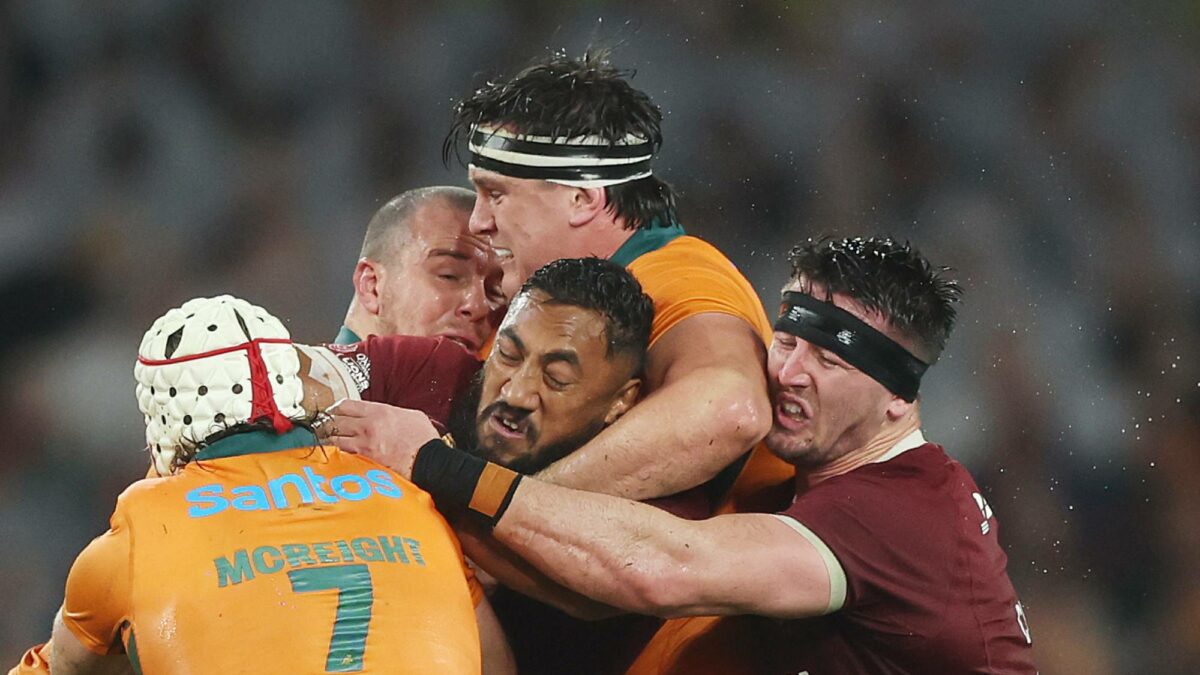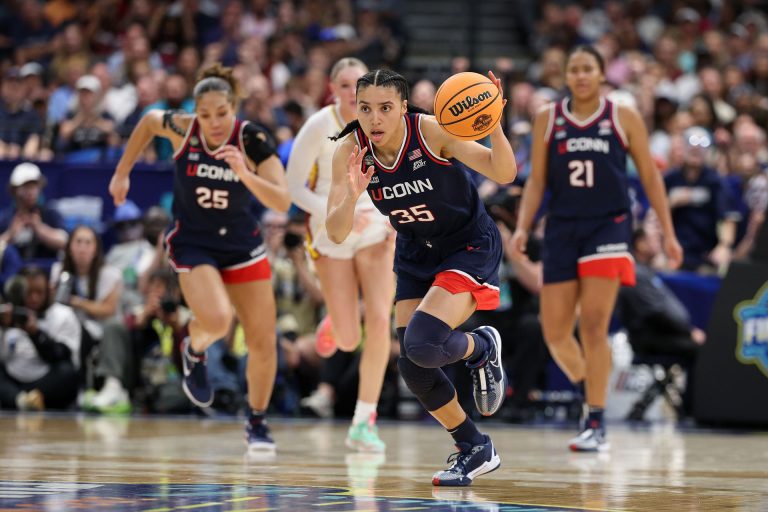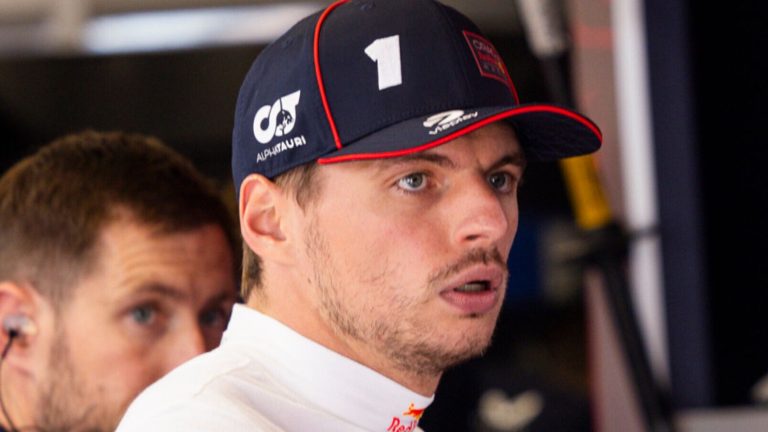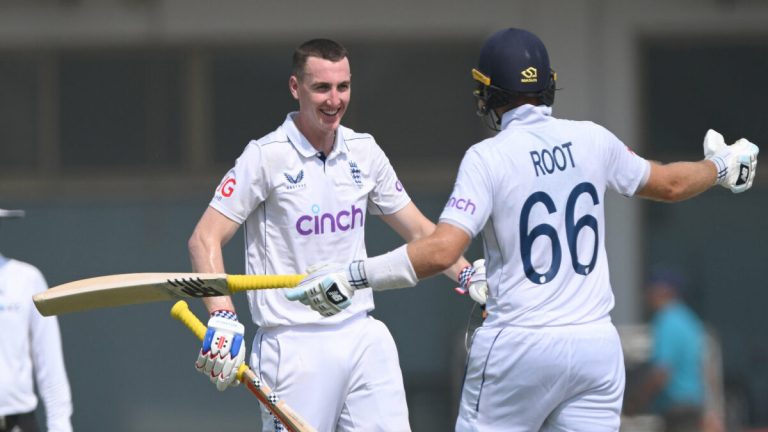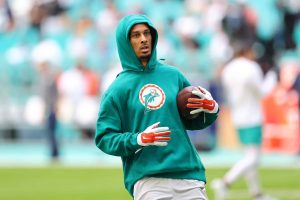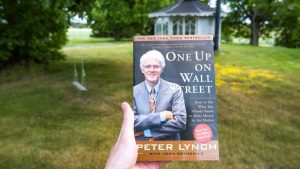And so, just like that, after 12 years of smouldering anticipation, the Lions tour is over. Washed down Sydney’s overflowing gutters and Mascot’s sodden airport runways.
At least we now know they’ll be back in 12 years; the blatherings spouted early in the tour by some media and ex-players about Australian rugby being unworthy of the red jersey, shown up over the last fortnight for the arrogant nonsense it always was.
With a 2-1 series win in their pocket, the Lions leave behind memories of a number of high-class players, but a unit that never quite reached its potential.
The Wallabies? As ever, this is a team pondering its rightful place in rugby’s bigger scheme, quietly daring to dream that its standing is higher than what they or their fans might have dared to believe.

Dylan Pietsch of the Wallabies celebrates after scoring a try during the third Test of the series between Australia Wallabies and British & Irish Lions at Accor Stadium on August 02, 2025 in Sydney, Australia. (Photo by Darrian Traynor/Getty Images)
Of the six halves of rugby played, the Wallabies won four – a calculation not intended to detract from the merit of the Lions’ series win, or claim any kind of ‘moral victory’, but more a measure of how close the Wallabies came.
That’s not intended either to shine the spotlight back on to the final moments of Melbourne’s 2nd Test – heaven knows that’s been flogged to death already, and the excoriation of Andrea Piardi and Carlo Tizzano for doing nothing more than refereeing and playing right at the limit, where timings and margins are subjective and ridiculously fine, and powerful cleanouts hurt like hell, was undoubtedly the tour’s low point.
There’s no avenue open to re-prosecute the series outcome. The Lions won more of the moments that mattered, fair and square.
But what it does illustrate is both the obvious – the Lions weren’t as good as people believed and the Wallabies never as bad – and the surprising – the perceived disparity in bench depth was turned around in Sydney.
Perhaps that’s a tad unfair on the Lions, because no side can easily cover for the loss of their two first-choice locks, particularly with a hybrid lock/6 as bench cover. But with their lineout neutered and the Wallabies pack hungrier and harder, Finn Russell became yet another example of how even the most gifted flyhalves struggle to impose themselves on any game where there isn’t a decent forward platform to work off.

Will Skelton of Australia celebrates after they are awarded a penalty during the third test of the series between Australia Wallabies and British & Irish Lions at Accor Stadium on August 02, 2025 in Sydney, Australia. (Photo by David Rogers/Getty Images)
Russell’s task of course, was made more difficult by the weather, but with the conditions flagged well in advance, decision-making based around uncertain footing and the perils of too much use of the ball was another clear area of advantage for the home side.
Count how many times in the second half the ball was shifted from Ben Donaldson through Len Ikitau to Joseph-Akuso Suaalii (clue: you won’t need many fingers). Now, compare the laboured chain passing by the Lions, which led to a loss of ball control and a 50m dash to the line for the excellent Max Jorgensen.
It mattered not that the Wallabies’ attack lacked shape. What mattered was how they were up for a scrap in the gutter and if the Lions – who throughout the tour showed a predilection for playing to the edges – didn’t respond in kind, on such a dirty night, that was always going to prove problematic.
There have been wetter Test matches in Sydney – the first Bledisloe Cup match of 1974 comes prominently to mind – but it’s hard to recall a similar pall of damp enveloping all of match week, continuing through the game, to the extent of the players being forced to leave the pitch for an extended period, mid-match.
Post-match, Wallabies’ coach Joe Schmidt spoke about having been briefed on that very possibility, and having a plan in place for it. Ahead by 8-0, with the flow of the match their way, they stood the most to lose from the disruption.
Well, aside from those seated in row 20. With patrons occupying rows 1-19 asked to relocate to the safety of the stadium concourse, one marvelled at the ability of meteorologists to define the potential for lightning to strike with such precision.
Perhaps the delay didn’t bother the Lions either. They certainly didn’t look too fazed by it. Which was kind of how things rolled on this tour.
Maro Itoje must surely be the most chilled character ever to lead a side to Australia. If West Indies cricketing great Michael Holding had any sense of fair play, he would hand over his nickname, ‘Whispering Death’, to Itoje, without delay.

Maro Itoje, the British & Irish Lions captain looks on during the tour match between ACT Brumbies and the British & Irish Lions at GIO Stadium on July 09, 2025 in Canberra, Australia. (Photo by David Rogers/Getty Images)
Until he was forced from the field after half an hour of this match, Itoje had led from the front on the field and seemed well respected by his teammates off it. But it was the sight of Itoje searching around in the Brisbane press conference room for a cup so he could pour and gently sip his Gatorade and not swig it from the bottle like everyone else does, that was one of my tour highlights.
Coach Andy Farrell was pressed around the optics of players, during the let-up, flicking through mobile phones, almost like there was somewhere better to be, or there was a rare in-game opportunity to post an Insta reel.
Forget concerns about gambling. More telling was the way the Lions didn’t even bother to use all of their allotted ten-minute warm-up period, meandering back outside well after the Wallabies were into their drills.
All based on expert Strength and Conditioning advice, insisted Farrell. But it also reeked of one side with their mind squarely focused on the job, and the other, like a parent having routinely asked their child “how was school today?”, there, but not really there.
Yes, the Lions toughed it out to the end, with Will Stuart burrowing over for the final points, but none of that, and Russell’s casual fling at a dropkicked conversion, really mattered.
Undoubtedly, what changed the tenor of the series, albeit not the result, was the introduction of Will Skelton. His desire to stick his nose – and massive frame – into places where he wasn’t welcome, was everything the Wallabies needed and everything the Lions didn’t want.
Skelton’s intent to niggle also set the standard for the hi-jinx during the match delay, with a third pitch invader cleaned out by a filthy coat-hanger from one of the hi-vis staffers. That piece of action added up to a $5,500 fine and a splitting headache for the pitch runner, and a date at the judiciary for the security guard.
Just as a sidelight, let’s hope Rugby Australia was able to broker a revenue share arrangement over the fines – six runners at $5,500 a pop will go a long way to covering the costs of the next glossy strategic plan. And a word here too for Owen Farrell, whose gesture to leave the pitch during the post-match celebrations to go into bat for two youngsters caught up in the moment didn’t go unnoticed.
But back to Skelton. All rugby writers get things wrong, but it’s nice when one goes the other way. This is from an article I wrote in November 2014, when Skelton was being pasted by all and sundry for being lazy and overweight;
“Anyone who has stood in a Kauri forest in Northland or among the great Redwoods in California would understand the folly of someone generations before criticising these trees while they were still saplings, growing to maturity. Quite simply, they were always going to be great, allowed sufficient time and patience to develop.
“And so it is with Will Skelton. Our modern society, in all of its celebrity culture, T20, pop-up restaurants and 140 words or less, seems incapable of judging anything other than by its impact in the present. And thus, to many, he is dismissed as a fail.
“That is patently wrong. Australian rugby has a genuine star on its hands.”

Will Skelton of the Wallabies reacts during the third Test of the series between Australia Wallabies and British & Irish Lions at Accor Stadium on August 02, 2025 in Sydney, Australia. (Photo by Cameron Spencer/Getty Images)
Ok, it’s taken a bit longer than ideal, and there are ongoing question marks around Skelton’s future availability, but hey, we got there in the end!
It was the Wallabies’ other tall timber, Nick Frost and Tom Hooper, who also helped make the difference in Sydney. In concert with Rob Valetini’s Melbourne cameo, here are clear signals that the Wallabies are now not to be messed with.
It’s not all about physicality or niggle, either. How pleasing was it to see the Wallabies attack almost every opposition throw in Sydney, and reap the rewards as a result?
Like Skelton, Hooper is another from this squad, along with a renewed Taniela Tupou and Langi Gleeson, heading off to overseas clubs and the grey morass that is the no-man’s land between allowing players to fulfill their earnings and rugby experience potential, and maintaining integrity and quality in Super Rugby.
For the sake of ensuring this is a springboard, not an endpoint, and for the sake of Les Kiss’ prospects when he eventually takes over as coach, let’s hope a workable arrangement is maintained.
On a night where player discipline flew close to the wind throughout, there was one non-intervention and one intervention from TMO Marius Jonker that bear highlighting, so remarkably out of step they were.
Lions hooker Dan Sheehan is a wonderful player whose already lofty stocks have risen on this tour. His ugly, forearm-first cleanout to the head of Tom Lynagh did him no credit, and was fully deserving of serious on-field sanction.
Let’s not forget that Jonker was the TMO who found a yellow card for Dylan Pietsch in the First Nations Pasifika match, for a tackle legally made, below the shoulders of his opponent. How on earth was this one missed?
As if to make up for it, Jonker later intervened to highlight shoulder-to-shoulder contact between Russell and Ben Donaldson, so innocuous that nobody, including the referee, could at first figure out what they were supposed to be looking for.
Sheehan has since been cited for his action. The accountability shouldn’t finish there. Not everyone emerges a winner from this tour.
There were other missteps, too. The on-field presentations took longer to organise and get started than a Lions lineout. By the time things eventually got going, it was 10.56 pm and for the dwindling number of fans who remained, the fizz had well and truly gone off things.
Perhaps they should have held the official festivities at the Olympic Park train station, where hordes of fans were hemmed into queues that turned out not to be queues, copping an extra dosing of rain for their trouble, the precinct exit process hampered by what seemed to be a distinct lack of trains.
It transpired that weather-related delays had led to some drivers working up to their maximum allotted shift hours, then walking off. But even if all of that made for a late and difficult and night – “gobshite” according to a bunch of lads I spoke to – most people took it all with good grace and, eventually, got to where they were going.
Which brings us to the real stars of the Lions tour: the fans.
Perhaps it was because everyone missed the touring experience last time around, in South Africa, because of COVID restrictions?
Perhaps it was because the average age of touring fans was such that mature and mellow ruled over brash and aggro? Or perhaps it was because every time a tourist tapped their bank card, they were reminded how they were getting better than two-for-one on the exchange rate?
Whatever the reason, it was a pleasure to be amongst a bunch of rugby-literate people, here for no reason other than to experience the sights, have a good time, and cheer their side on.
Like Farrell and his squad, they go home winners. Just as Australia is a winner, all the better for having them here.
